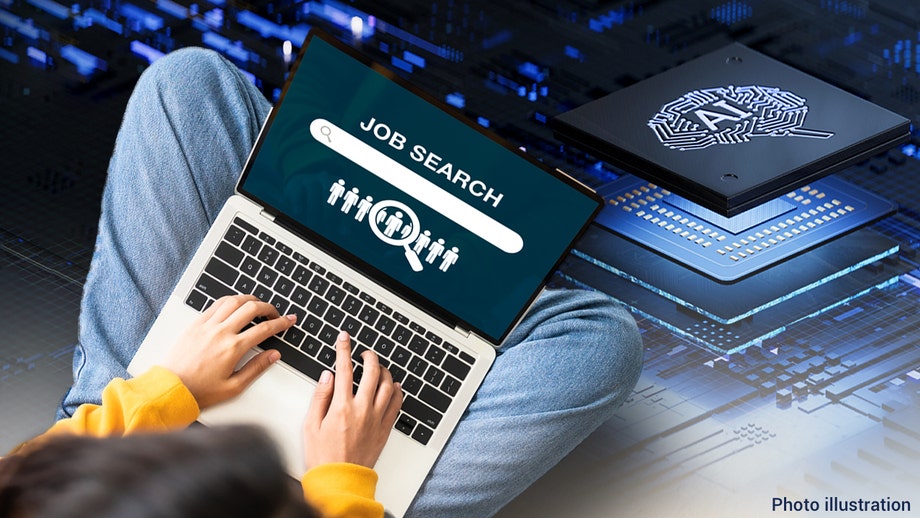Artificial intelligence (AI) is transforming the field of radiology, offering the potential for improved accuracy, increased efficiency, and enhanced patient care. However, the adoption of AI in radiology faces challenges, including concerns over reliability and the need for human oversight.

AI in Radiology: Revolutionizing Diagnosis and Unlocking Potential
Artificial intelligence (AI) is rapidly transforming the healthcare landscape, and its impact on radiology is particularly significant. AI algorithms can analyze medical images with unprecedented precision, offering the potential for improved diagnostic accuracy, increased efficiency, and enhanced patient care. However, the adoption of AI in radiology faces challenges, including concerns over reliability and the need for human oversight.

Improved Accuracy and Efficiency
AI algorithms are trained on vast datasets of medical images, allowing them to recognize patterns and identify abnormalities that may be missed by the human eye. This enhanced accuracy can lead to earlier and more precise diagnoses, potentially improving patient outcomes. Additionally, AI can automate routine tasks, such as image processing and report generation, freeing up radiologists to focus on more complex cases and patient interactions.
Challenges and Concerns
Despite its transformative potential, AI in radiology faces several challenges. One major concern is reliability. AI algorithms are only as good as the data they are trained on, and biases in the data can lead to inaccurate or unfair results. Ensuring the reliability of AI algorithms is crucial for patient safety and trust.
Another challenge is the need for human oversight. While AI algorithms can assist radiologists in making diagnoses, they cannot fully replace human expertise. Radiologists must remain involved in the diagnostic process to ensure accuracy and accountability. This raises questions about liability in cases where an AI algorithm makes an error.
Skepticism Among Radiologists
Radiologists have expressed skepticism about the adoption of AI in their field. Some are concerned about the potential for job displacement, while others worry about the reliability and transparency of AI algorithms. These concerns are valid and must be addressed to ensure that AI is used in a responsible and ethical manner.
Regulatory Considerations
The regulatory landscape for AI in radiology is still evolving. The US Food and Drug Administration (FDA) has approved over 700 AI algorithms for use in medicine, but only a small fraction of these are used in radiology. European regulators have approved the first fully automatic software for reviewing chest X-rays, but such systems are not yet widely available in the US.
Potential Benefits
Despite the challenges, AI in radiology has the potential to transform patient care. Automated screening algorithms could reduce the backlog of scans and improve access to timely diagnosis. AI could also help radiologists identify and prioritize cases that require immediate attention, ensuring that patients receive the care they need promptly.
The Future of AI in Radiology
The future of AI in radiology is bright. As algorithms become more reliable and transparent, they will play an increasingly important role in diagnosis and decision-making. However, it is essential to approach the adoption of AI with caution, ensuring that it complements and enhances the role of radiologists rather than replacing them. With careful implementation and oversight, AI can unlock the full potential of radiology and improve the lives of countless patients.










